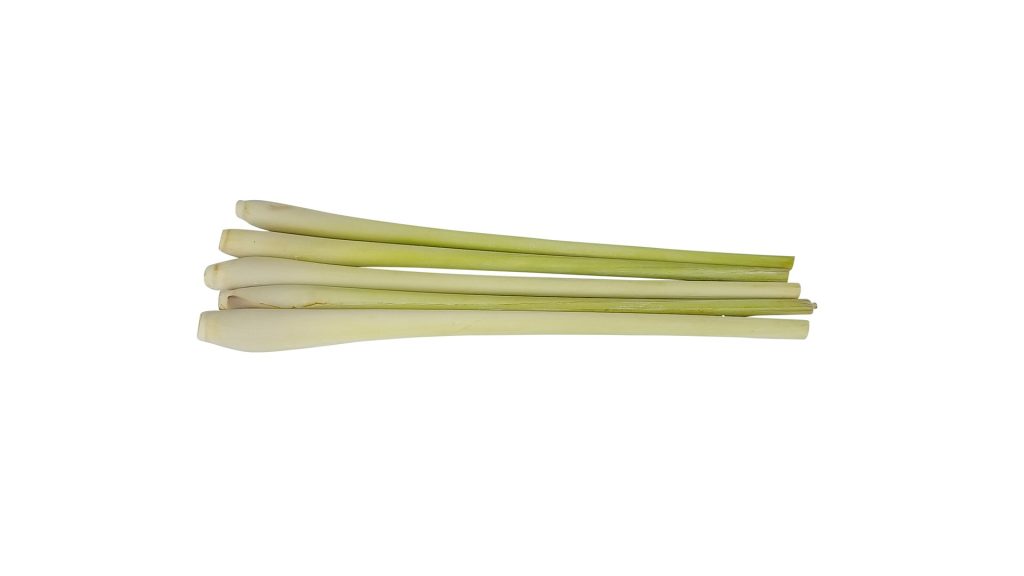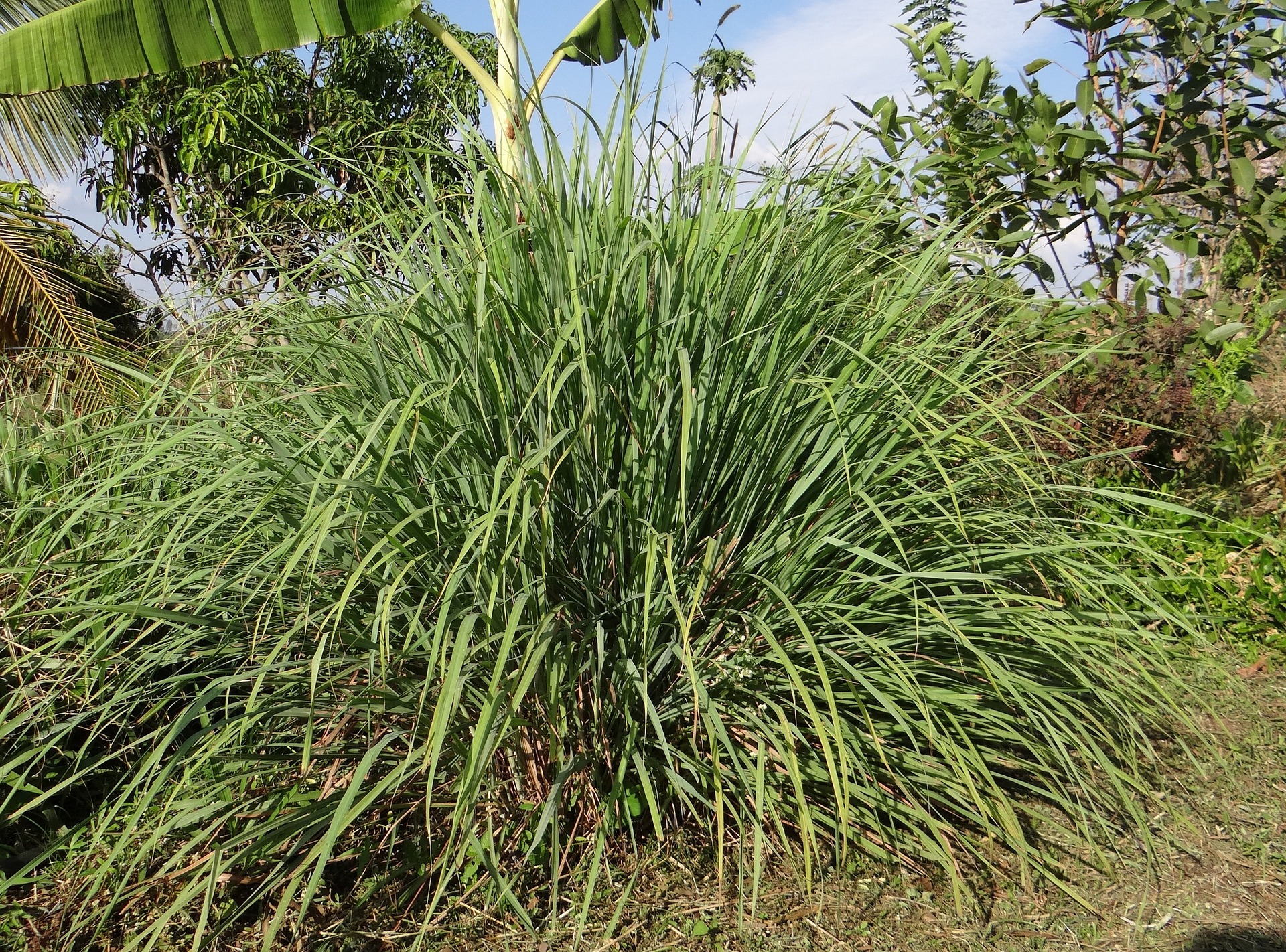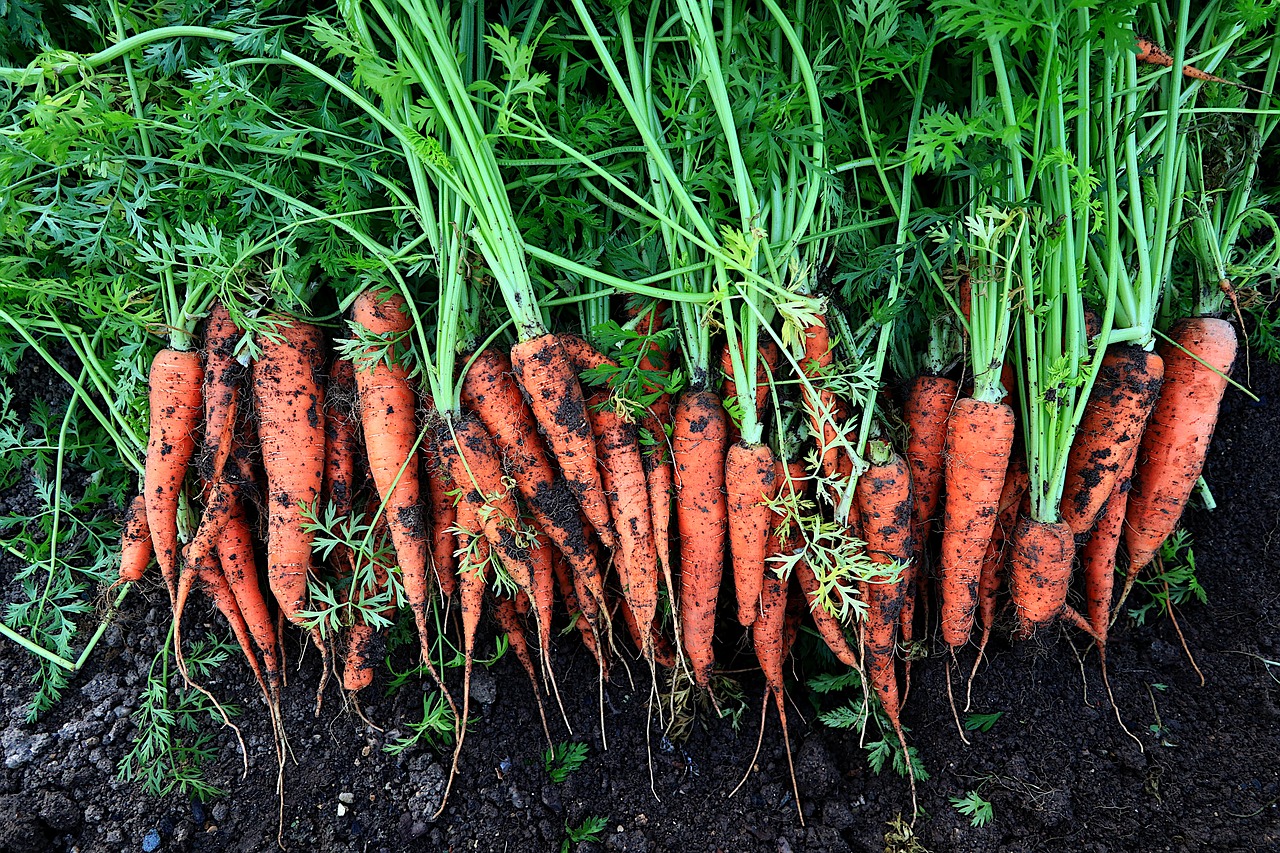The scent of lemon grass resembles the fragrance of lemon combined with a hint of ginger, making this culinary grass a popular ingredient in teas and many dishes.
I usually harvest a few leaves from the clump in my garden every morning and use them to brew a fresh, aromatic, rejuvenating tea. I have also potted some slips to create a beautiful visual appeal.
Lemon grass is a hardy plant that is easy to grow and care for especially for one who lives in a tropical climatic region, being able to grow in a wide variety of soils and withstand short periods of drought.
Description
Lemon grass is a perennial, aromatic grass belonging to the family Graminae and genus Cymbopogon, native to India and Asia. There are two species referred to as Lemon grass in the genus Cymbopogon; C.flexuosus ( known as cochin or malabar grass) and C. citratus which is used more for cooking.
Lemon grass is mostly grown in tropical and subtropical regions, but can also be grown in colder regions as an annual plant.
Lemon grass leaves are long, slender, coarse, dark-green in color and have drooping edges. The plant grows in large clumps and can also be grown in containers but will require more watering compared to garden plants.
| Botanical name: Cymbopogon spp | Propagation: Seed, division |
| Common name: Lemon grass, cymbopogon, citronella grass, malabar grass, cochin grass | Soil type: Loam to poor laterite soils |
| Family: Graminae | Soil pH: 5.0-8.0 |
| Plant type: Perennial | Temperature: 200C-330C |
| Hardiness zones: 9-10(USDA) | Light: Full sun |
| Mature size: 3-6ft tall, same width | Spacing: 1-2in. |
| Flower color: Greenish white to pale yellow | Pollination: Wind |
| Leaf color: Dark-green | Toxicity: Toxic to dogs if ingested in large amounts |
| Time to maturity: 5-9 months | |
| Native area: India, Asia |
Temperature requirements
Lemon grass is adapted to growing in warm tropical and subtropical regions of the world. Optimum growth occurs at 200C-330C. The plant cannot withstand cold weather conditions and will be severely damaged or die when exposed to frost.
Soil requirements
Lemon grass is a hardy plant that can grow in a wide variety of soil types ranging from loam to poor laterite soils. However, for optimum growth, grow in rich sandy loam soil that is well draining with pH range of 5.0 to 8.0.
Light/Sun requirements
Lemon grass prefers to grow in a location that receives full sun (at least 6-8 hours of sunlight per day).
When to plant Lemon grass
Lemon grass can be planted at any time of the year in warm areas, however it is best to plant at the beginning of the rainy season so that the plant can benefit from the rains.
Propagation
Lemon grass is propagated by dividing plants or planting seeds (not common).
How to plant Lemon grass
Obtain slips from a well established plant by detaching them with root material from their parent plant.
Trim off leaf material from the slips to about 10in. from the root.
Dig holes that are about 5.8cm deep and wide enough to accommodate the root zone and part of the stem of the plant. Provide spacing of 1-2in. between holes.
Ensure that slips are firm in soil and water.
Plants will get established after 25-30 days.
If you are planting in a pot, fill the pot with well-draining potting soil or compost, plant the slips and water. Place the pot in a spot that receives lots of direct sunlight.
Care and maintenance
Watering: Water during dry seasons whenever the soil looks dried out. Potted plants will require more watering than garden plants.
Dividing plants: When plants grow overtime, they form large clusters and become root bound. At this point, divide clumps to promote new growth. You can grow slips in a new area or gift them to a friend.
Harvesting and storing lemon grass
About 5-9 months after planting, lemon grass clumps develop numerous stalks and are ready for harvesting.
Cut off long mature leaves from the stalk using a knife and use.
Fresh lemon grass can be stored in a refrigerator up to 3 weeks in an airtight plastic bag.
Under freezing temperatures, lemongrass can be stored up to 6 months without losing its flavor.
Common problems
Lemon grass is a hardy plant with few pests and diseases of concern.
Stem boring caterpillar: Bores into the base of the stem and feeds on the shoot, reducing productivity of the grass.
Control: Destroy affected plants, spray with a recommended organic pesticide if damage is not severe.
Rust: A fungal disease that causes brown spots to develop on the underside of leaves. The disease occurs in damp conditions.
Control: Provide enough spacing between plants for good aeration. Spray recommended fungicide on affected plants.
Uses of Lemon grass
Dried lemon grass leaves are used to make tea leaves that can be used alone or blended with other spices.
Lemon grass oil is used in the cosmetics industry to add aroma to soaps and perfumes.
Lemon grass oil is also used as an ingredient in insect repellants, candles, waxes and organic pesticides.
In cooking, lemon grass is used to impart lemon citrus flavor in soups, broth, dishes and teas.





